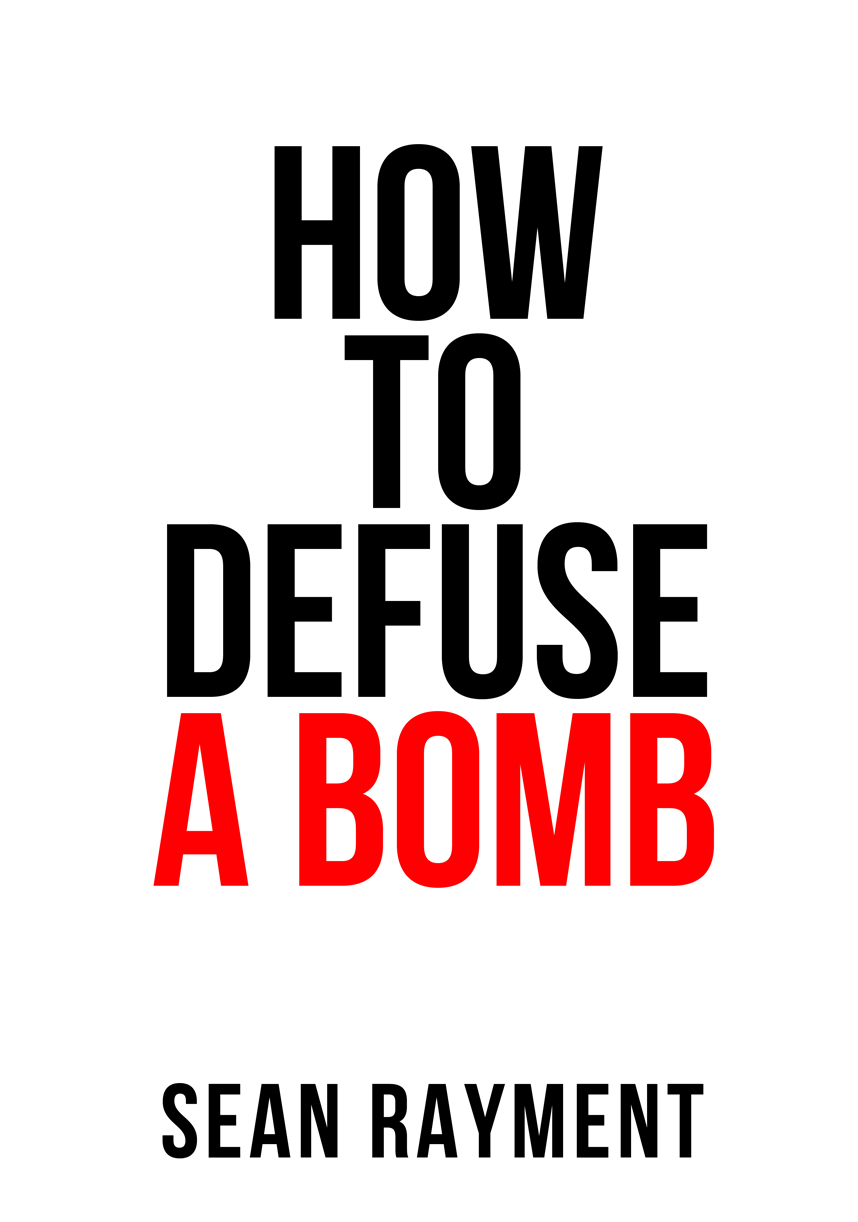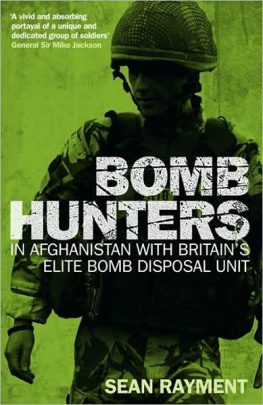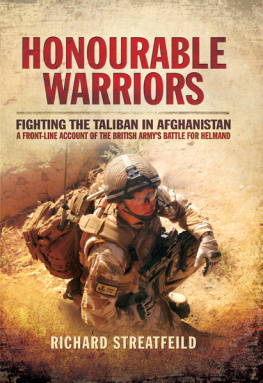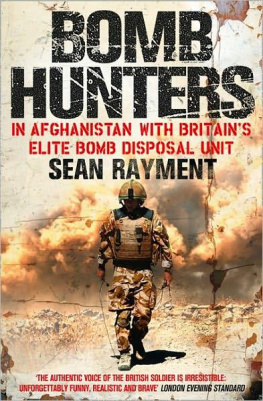
The point man swings his mine detector and listens for the high-pitched alarm before taking a step.



He carries on:
Ive come to Helmand to try to understand why anyone would want to become a bomb hunter. I want to get inside their heads, learn about their fears and concerns, the unimaginable stresses they face every day and what drives them on knowing that one mistake, one single slip, can mean death. For three weeks I will be an embedded journalist working alongside both the bomb-hunting teams of the CIED Task Force and the Grenadier Guards battlegroup.

The whine is loud and the meter reading indicates a significant metal device in the ground. The soldier knows instinctively that just half a metre in front of him was an IED. Speaking nervously into his personal role radio, he says, Ive got a strong signal Im going to confirm.

Although the sniper is guaranteed to generate fear, in Helmand the Improvised Explosive Device (IED) remains the soldiers worst nightmare. Soldiers are taught how to search, confirm and recognise buried IEDs using Vallons mine detectors. A step in the wrong direction, a momentary lapse of concentration, can mean mutilation, the loss of one or more limbs, or death. Lose a leg and you have just four and a half minutes for a medic to staunch the wound before you fatally bleed out. The time decreases with each additional limb lost. No quadruple amputee has yet survived. A front-line soldier stands a one-in-ten chance of being killed or injured, and for the Taliban there was no greater prize than killing a member of a bomb-disposal team.
Im strapped to the seat of a Warrior armoured personnel carrier with the team of Staff Sergeant Gareth Woody Wood. Woody is 28, with close-cropped hair which is beginning to recede at the temples. He is about 5 ft 8 in. tall and does not have an ounce of fat on his small, wiry frame. He is blessed with a naturally happy face and a slight gap between his front teeth which adds a hint of mischievousness to his otherwise wholly sensible personality. Woody spent almost eight years learning how to be a bomb hunter, longer than a vet or a doctors training, and if he is to survive his six months in Afghan he will need both skill and luck.

Most of the loose equipment has been tied to the vehicles floor or sides in an attempt to reduce injuries in the event of an IED strike. The force of the blast can be so great that heavy items like batteries can fly around the cramped interior at lethal speeds. It is for the same reason that we are all strapped in as well. Right, lads, listen in, says Corporal Andy Hurran, the search team commander. The device is about 150 metres up the road. A local said there were at least three IEDs on the road. They did a clearance and got a loud tone just up the road from here. The first thing we are going to do is an isolation. Bradley Andy looks directly at Sapper Bradley Knight you happy with everything? Vallon working correctly, kit sorted, happy to go? Bradley nods but his apprehension is clear for everyone to see. No one comments, probably because they all share the same fears. Right, good. Were moving off in two minutes. You all know the order of march. Its our first job, so everyone take it easy, take your time, stay switched on.
Woody turns to me: This is going to take a long time. But thats not a problem. Its the same for everybody on their first job. I want the guys to get their confidence.
Just as Woody finishes speaking, the alarm on Bradleys Vallon sounds. He swings the detector repeatedly over a patch of ground about 10 ft down the embankment, just at the waters edge, very close to where Woody and I are standing. Ive got a double tone, shouts Bradley, his voice breaking with fear. A double tone usually indicates a pressure-plate IED. Everyone stops and no one speaks. If it is a device and it were to function now, most of us would be killed or injured. Either check it out or mark and avoid, shouts Woody, who is clearly the only one not panicked by the prospect of being blown sky high. Have a look around you, he adds calmly. Its unlikely to be a device down there, so close to the house opposite, so I would mark and avoid.
Bradley moves off into the distance, stumbling every few paces on the steep embankment. He is followed by six team mates.
With Woody on the patrol, Boonie, the teams No. 2, begins to prepare the equipment needed to neutralize the bomb. He opens what is known as Woodys man bag and begins to select various instruments. He checks the hook and line which will be used to pull the bomb from the ground and checks all the remote equipment used to neutralise the device.
An hour later Woody and the team return, the isolation search completed. There are no other devices in the area and no command wires. In theory the bomb 150 metres up the road is now sealed within a security bubble.
The isolation has allowed Woody to get eyes on the patch of ground where the device, which he believes to be a pressure-plate IED, has been concealed. But from what he has seen on the ground he now thinks the bomb could be one of a number connected in a chain designed to take out an entire British patrol. I think there could be at least three bombs along there. What I want to do is remove the first entirely, then defuse the second and the third.
He turns to his No. 2: Three bombs, Boonie. Ill sort the first, blow it, and then see what happens. Should take about half an hour.
A few days earlier I had spoken with Staff Seargent Karl Badger Ley, an Ammunition Technical Officer in Camp Bastion. In the six months from September 2009 to March 2010 two of Badgers closest friends were killed and several more were injured. He came under fire on numerous occasions and had several close calls with IEDs, but he went home without as much as a scratch even though he had defused 139 IEDs. Badger, with his compact, wiry frame, short brown hair, keen eyes which sparkled with mischief, and a mellow Sheffield accent, had acquired his nickname as a young soldier eleven years earlier following a drunken incident in a nightclub involving a bottle of Tippex, his pubic hair and a group of divorced women. It has remained with him ever since.

Over a cup of tea, Badger explained IEDs to to me: What is this thing that has killed hundreds of British troops? Lets break it down. A bomb is a switch with a power source connected to a detonator which is placed inside a main charge of explosive. An IED consists of anything which will keep two metal contacts apart we have seen strips of wood and clothes pegs which are used to form a switch. The contacts can then be moved together by applying pressure or releasing pressure. So the most simple devices we have found consist of two pieces of wood with a hacksaw blade nailed to each piece.
Next page













